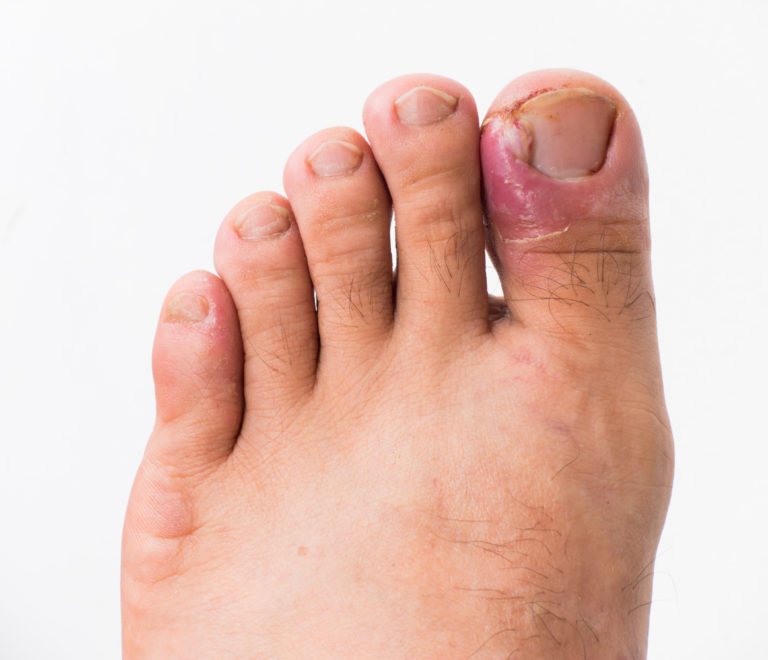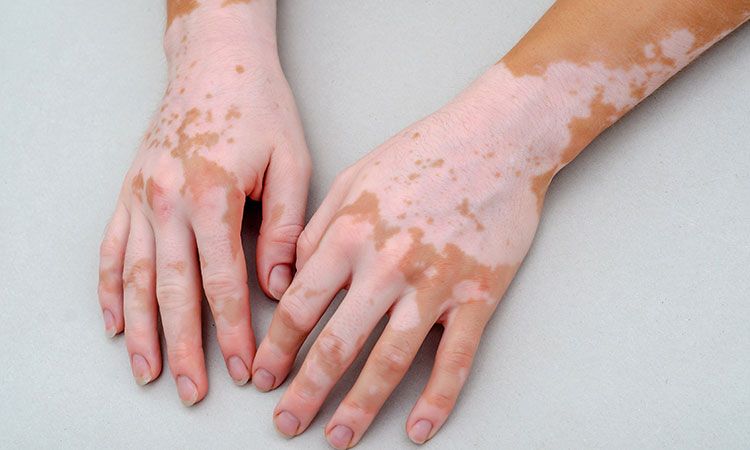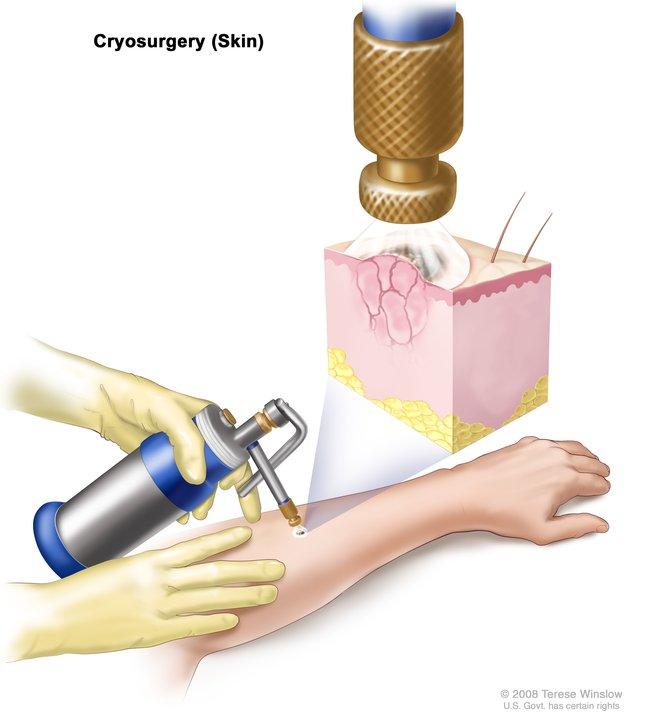
Cyst Removal
Cysts are sacs of the skin that form in the body or anywhere in the skin. These sacs are filled with air, fluid, or other material. There are many types of cysts. Some major causes of cysts include:
- Swelling in the hair follicles
- Infection
- Ducts blockage
These cysts are usually harmless and don’t require any specific treatment. However, you should get it diagnosed once by a doctor. Keep on reading to know more about when a cyst should be removed and why you should get it removed. Patients will have to go through a physical exam performed by a surgeon to analyse the symptoms and decide if any surgery is required.
Our skin has a surface of cells that is responsible for producing keratin and giving the strength and flexibility required by the skin. Our body sheds off these cells when they start to die. In some cases, these cells move inside the skin and start multiplying. This leads to the formation of a sac filled with keratin and if these cells burst, it leads to the exposure of a yellow paste and causes infection.
There are many types of cysts. Given below is a brief information of some common ones:
- Epidermoid cysts. This is one of the common types of cysts. It is usually found on the neck, face, chest, shoulders, or sometimes around the genitals.
- Pilar cysts. These cysts are found commonly on the scalp, as they tend to come up around hair follicles. In some cases, these cysts may also grow on the neck or face.
- Milium cysts. Milium cysts, or milia, can appear in any person, but they’re usually found in newborn babies. They’re also seen in the form of groups and appear on the cheeks and nose.
Chalazion cyst. This type of cyst is also known as a meibomian cyst. It usually forms on the eyelid of a person. In most cases, these cysts don’t cause any issues other than discomfort and they tend to get better in some time.
If you choose not to have your cyst removed, you may not experience any significant discomfort or pain. But there is always the risk of your cyst bursting and leading to an infection. If unremoved and the cyst continues to grow, it can become inflamed due to frequent rubbing of it against your clothes. This can cause pain, irritation, and infection as well. The removal process for cysts is simple. You can talk to the doctor about your concerns and questions for cyst removal in Sirsa, Haryana so that the doctor can come up with a proper customised treatment for you.
A cyst can come up in organs, bones, or some skin tissues. When cysts appear in the skin, they are usually smaller in size and are filled with skin cells, bacteria, and fluid. Cysts can be large and there is always a chance for them to grow and cause discomfort. At this point, it is recommended to see a dermatologist and get it removed.
It can be dangerous If you try to remove your cyst at home. It can also make your condition and discomfort worse. If you try to pop out a cyst, it can cause inflammation, infection, and scarring. To avoid the painful consequences of cyst removal, you should see an experienced dermatologist. At Delhi Skin Hospital, we help you to remove your cyst safely without causing any discomfort and pain.
Determining if you have a cyst or something else entirely could be difficult. Given below are some reasons to why trying to remove it yourself can be risky:
- You could be making the situation worse if it’s not a cyst.
- Using a sharp item to pop, squeeze, or burst a cyst might result in infection and long-lasting scars.
- If your cyst is already infected, you can spread it further.
- You could damage nearby tissues.
- The cyst may later reappear or become infected if the entire thing is not removed.
Your dermatologist will provide healing instructions after the surgery. These may include the given below recommendations:
- Make sure to keep the wound covered by using a dry bandage.
- Change the bandage as advised by the doctor.
- If gauze was applied to the wound, you might be instructed on how to remove it on your own or you might need to go back to the doctor's office for removal.
- If you were prescribed any oral antibiotics, make sure to take them until you finish them all.
- Use antibiotic ointments or creams as advised by the doctor.
Healing time for cyst removal in Sirsa, Haryana usually depends on the type of cyst and which process was used to remove it.
Book your appointment today and get the best treatment for cyst removal in Sirsa, Haryana.
Book Your Free Consultation Now
Other Treatment
-
Nail Surgery
Lorem ipsum dolor sit amet, consectetur adipisi cing elit, sed do eiusmod tempor incididunt ut abore et dolore magna
-
Vitiligo Surgery
Normally, the color of hair and skin is determined by melanin. Vitiligo occurs when cells that produce melanin die or stop functioning
-
Cryosurgery
Cryosurgery is a type of surgery that involves the use of extreme cold to destroy abnormal tissues, such as tumors.
Gallery









